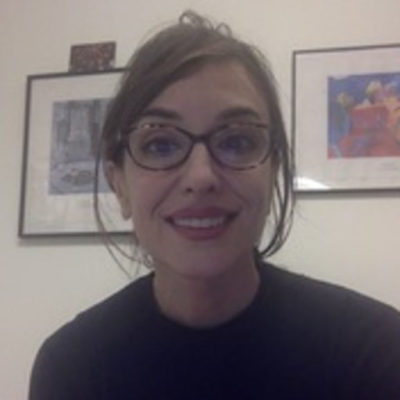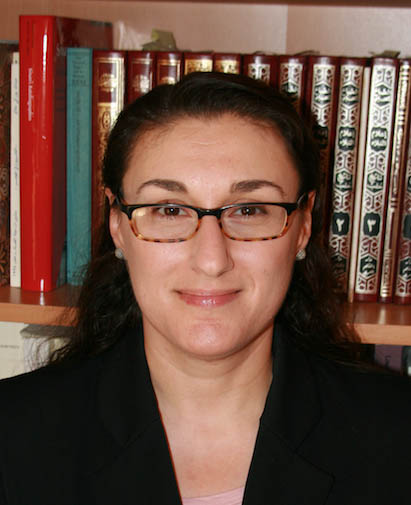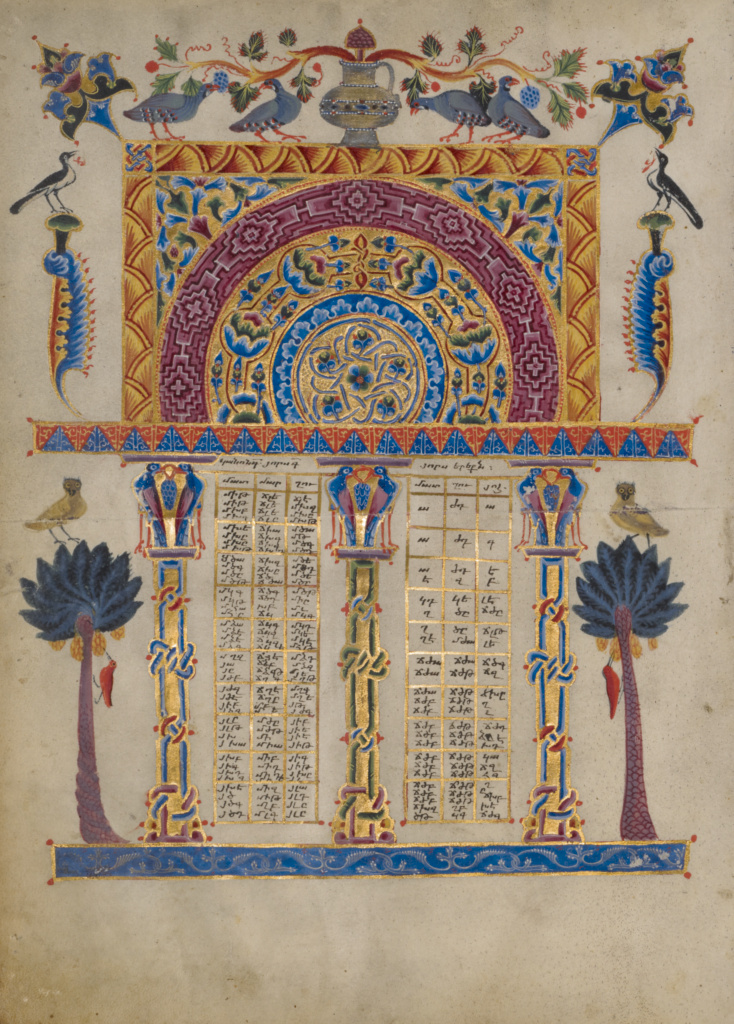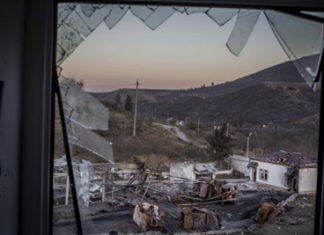By Isabelle Kapoian
Special to the Mirror-Spectator
BOSTON — Conscientiously attributing artistic and cultural goods to their creator, culture and nation state is dependent on nuanced analyses.
Dr. Christina Maranci, Arthur H. Dadian and Ara T. Oztemel Associate Professor of Armenian Art at Tufts University and author of The Art of Armenia: An Introduction, mentions one of the many ways to identify a work is by its provenance: the chronological history of its ownership which, in some cases, can be traced back to the artist.
Another identifier is its similarly monikered provenience, or the geographical and archeological find spot. Key indicators specific to a cultural tradition, creative process, artistic movement, group of people, or a record of the artist such as their signature can also be used. Visual similarities to other known works, often in conjunction with the dating and identification of the materials of a piece, can additionally establish it chronologically in a latticework of cross-cultural artistic influence. This “constellation of ways” through which a piece can be identified is also used to establish the context of its creation.
Maranci states, “You have to hope that these criteria would be considered by museums,” and that they would then be able to identify an object as having an Armenian provenience, an Armenian creator, or as being of an Armenian style or tradition. However, in many major museums in the West, it is, “quite common,” that this isn’t the case.












